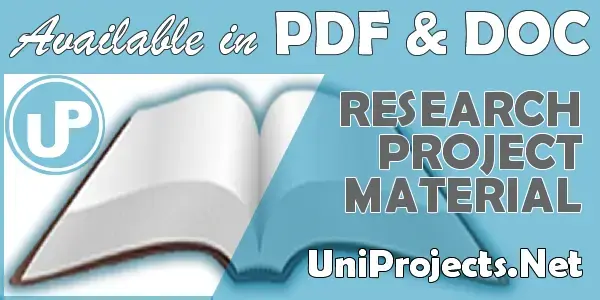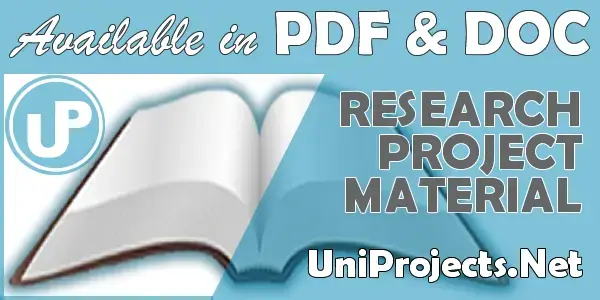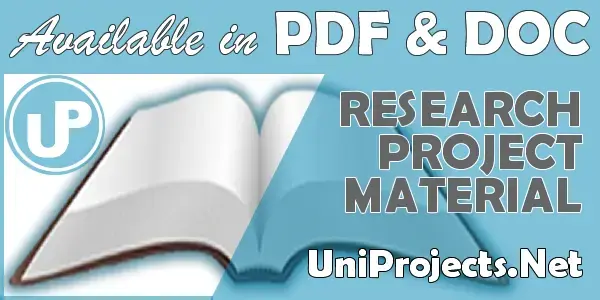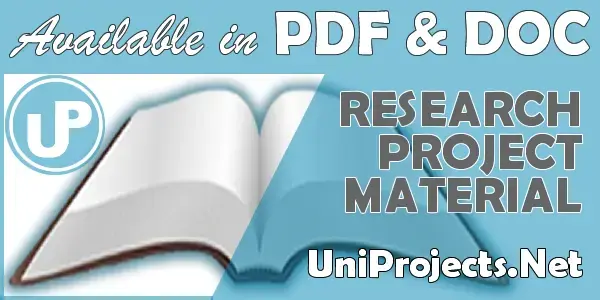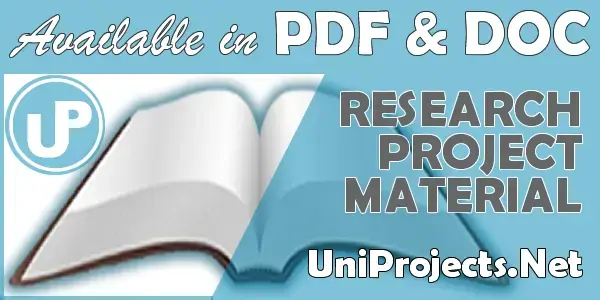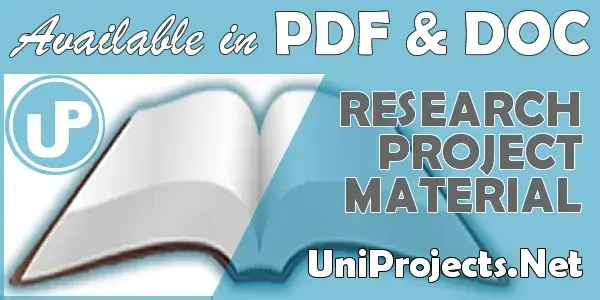Elucidation Of Some Immunological And Biochemical Nature Of The Leaves Of Senna Mimosoides
Abstract
In the present study, the phytochemical composition, immunomodulatory, leukocyte mobilization, haematological and antihepatotoxic effects of the aqueous extract of Senna mimosoides leaves were evaluated. The study also covered the effect of the extract on theactivity of lactase and the assessment of the damaging effect of carbon tetrachloride (CCl4) and ameliorative effect of the extract on liver tissue using histopathological technique. This study was aimed at validating the traditional use of S. mimosoides leaves in folklore medicine to treat breast milk toxicity in neonates by elucidating its immunological and biochemical nature. The qualitative and quantitative phytochemical composition showed the presence of 2.67 ± 0.0013 mg of flavonoids; 3.43 ± 0.0028 mg of alkaloids; 1.97 ± 0.0030 mg of saponin; 2.32 ± 0.0032 mg of terpenoids; 0.86 ± 0.0023 mg of steroid; 3.61 ± 0.0025 mg of phenol; 8.31 ± 0.0032 mg of reducing sugar; 4.75 ± 0.0034 m g of tannin; 1.61 ± 0.0031 mg of cyanide; 2.75 ± 0.0029 mg of glycoside and 4.68 ± 0 .0033 mg of soluble carbohydrates for every 100 g of the extract.
For the animal model experiment, one hundred and thirty (130) albino rats were used. The experimental design was divided into four (4) phases containing five (5) groups of five (5) rats in each group. Rats in group A (control) were administered 0.2 ml of normal saline; rats in groups B, C and D were treated with 50, 100 and 250 mg/kg of the aqueous extract of S. mimosoides leaves respectively; group E rats received levamisol or silymarin (standard drugs) while group F rats were treated with carbon tetrachloride (CCl4) only. Administration of 50, 100 and 250 mg/kg of the extract resulted in a dose-dependent significant (p < 0.05) increase in primary antibody titre with a value of 6, 8, 13, and secondary antibody titre with a value of 11, 26, 34.
Delayed type hypersensitivity (DTH) response shows that the extract produced a dose- and time-dependent increase in footpad swelling of the rats. The extract (50, 100 and 250 mg/kg) and levamisol (25 mg/kg) at 24 hr after challenge, significantly (p < 0.05) boosted DTH reactions observed respectively as 1.412, 1.504, 1.816 and 1.827 mm difference in thickness of footpad before challenge and 24 hr after challenge while the control ellicited a non-significant (p > 0.05) increase with a difference of 0.614 mm. At 48 hr after challenge, there was an additional increase in footpad swelling observed as 1.908, 1.918, 2.304 and 2.326 mm for the extract and levamisol respectively. The humoural antibody (HA) titre and DTH response compare well with that of levamisol, a standard immunostimulatory drug, at 25 mg/kg. The total leukocyte count of the groups treated with different concentrations of extract increased in a dose-dependent manner while the group treated with indomethacin decreased significantly (p < 0.05) compared with control. The percentage packed cell volume (PCV) for group B, before and after treatment with cyclophosphamide (CP) and later with (50 mg/kg) was 38.8 ± 1.30, 19.4 ± 0.55 and 34.4
± 0.55 respectively. Groups C, D, and E showed the same trend but in the control group decrease by CP was not reversed. In the control, percentage PCV before and after CP and then extract was 35.8 ± 0.45, 19.4 ± 0.55 and 19.8 ± 1.09 respectively. The same trend was observed in haemoglobin concentration, white blood cell count, red blood cell count and its indices. There was increase in serum alanine aminotransferase (ALT) activity of rats in group F (81.20 ± 0.84 IU/L) after CCl4 administration as compared to the normal control A (53.00 ± 1.00 IU/L). The extract (50, 100, 250 mg/kg) and silymarin (25 mg/kg) caused a significant (p < 0.05) decrease in the activity of ALT (65.00 ± 1.58, 59.20 ± 0.84, 55.20 ± 1.30 and 57.00 ± 1.00 IU/L) respectively.
The levels of aspartate aminotransferase (AST), alkaline phosphatase (ALP), bilirubin, malondialdehyde, iron, phosphate followed the same trend as ALT compared to control. Administration of CCl4 decreased the level of reduced glutathione in group F (2.21 ± 0.239 mMol/g tissue). However, treatment with different concentrations of the extract and levamisol augmented this decrease (3.08 ± 0.093, 4.17 ± 0.241, 5.16 ± 0.193 and 4.97 ± 0.273 mMol/g tissue) respectively. Activities of glutathione s-transferase, glutathione peroxidase, catalase, superoxide dismutase and concentrations of sodium, magnesium, potassium, calcium, zinc and selenim showed the same trend.
Histopathological studies showed that the extract and levamisol ameliorated centrilobular degeneration of the liver tissues induced by CCl4. Moreover, the extract exhibited higher significant (p < 0.05) activity of lactase in a dose-dependent manner when compared to the control. At 10, 20, 30, 40 and 50 µl, the enzyme activity were 17.187, 18.8 22, 20.044, 22.022 and 23.898 IU. The findings of this study show that the vase medicinally important bioactive compounds, present in this extract could be responsible for the immunostimulatory, antihepatotoxic effect, increase in lactase activity and haematological parameters. This justifies the use of this plant in folklore medicine for the treatment of diseases.
Chapter One
Chapter One
Introduction
Plants are known to contain a variety of secondary metabolites. These secondary metabolites or bioactive compounds have definite physiological effects on the human system. According to Yadav and Agarwala (2011), approximately 25 percent of all prescribed medicines today are substances derived from plants. Interestingly, many phytochemicals have been discovered and even isolated from a variety of medicinal plants. However, many more of them are yet to be exploited for clinical use. Phytochemical analysis of plants is importante due to the need for alternative drugs of plant origin, made imperative by the high cost of synthetic drugs. These secondary plant metabolites extractable by various solvents exhibit varied biochemical and pharmacological actions in animals when ingested (Nwogu et al., 2008).
The use of Senna mimosoides in folklore medicine, precisely in Ukehe, Nsukka, to treat oedema and breastmilk toxicity in neonates was the rationale behind this work. The anti-inflammatory capacity of the leaf extract of Senna mimosoides and its mechanism of action has been reported by Ekwueme et al. (2011a,b).In Nsukka, immediatly after delivery, breastmilk is usually dropped on the leaves of cocoyam or on ants to check its toxicity.Toxic breastmilk usually burns the leaves of the cocoyam or kills any ants it comes in contact with. The prevalence of industries predisposes mothers to chemicals that might accumulate in breast milk. In this study, the immunomodulatory activity and anti-hepatotoxic effect of the leaf extract of S. mimosoideswas investigated because they are the basic mechanism used by the body to prevent or cure diseases. Moreover, the effect of the leaf extract on the activity of lactase,the enzyme that catalyzes the hydrolysis of lactose which is the only carbohydrate present in breast milk was assayed for.
1.1 Overview of the Human Immune System
Immunology is the study of the methods by which the body defends itself against infectious agents and other foreign substances in its environment (Wotherspoon, 2012). There are thousands of components to the immune system and it would appear that the immune system is far more complicated than necessary for achieving what is, on the surface, a simple task of eliminating a pathogenic organism or abnormal ‘self’ cells (Parkin and Cohen, 2001). However there are a number of reasons for this complexity, including the desirability of eliminating pathogens without causing damage to the host. Getting rid of a pathogen or dead
host cells is theoretically easy, but eliminating these without damaging the host is much more complicated. As a consequence of this dynamic complexity, the immune system is able to generate a tremendous variety of cells and molecules capable of specifically recognising and eliminating an apparently limitless variety of foreign invaders, in addition to the recognition and destruction of abnormal cells (Parkin and Cohen, 2001). Once a foreign protein, microorganism (e.g., bacterium, fungus or virus) or abnormal cell is recognised, the immune system enlists the participation of a variety of cells and molecules to mount an appropriate effector response to eliminate or neutralise them (Parkin and Cohen, 2001). Later exposure to the same foreign organism induces a memory response, characterised by a heightened immune reactivity, which serves to eliminate the microbial pathogen, prevent disease and protect against the development of some tumour cells.
Chapter Two: Literature Review
2.0 INTRODUCTION:
This chapter provides the background and context of the research problems, reviews the existing literature on the Elucidation Of Some Immunological And Biochemical Nature Of The Leaves Of Senna Mimosoides, and acknowledges the contributions of scholars who have previously conducted similar research [REV50704] …

